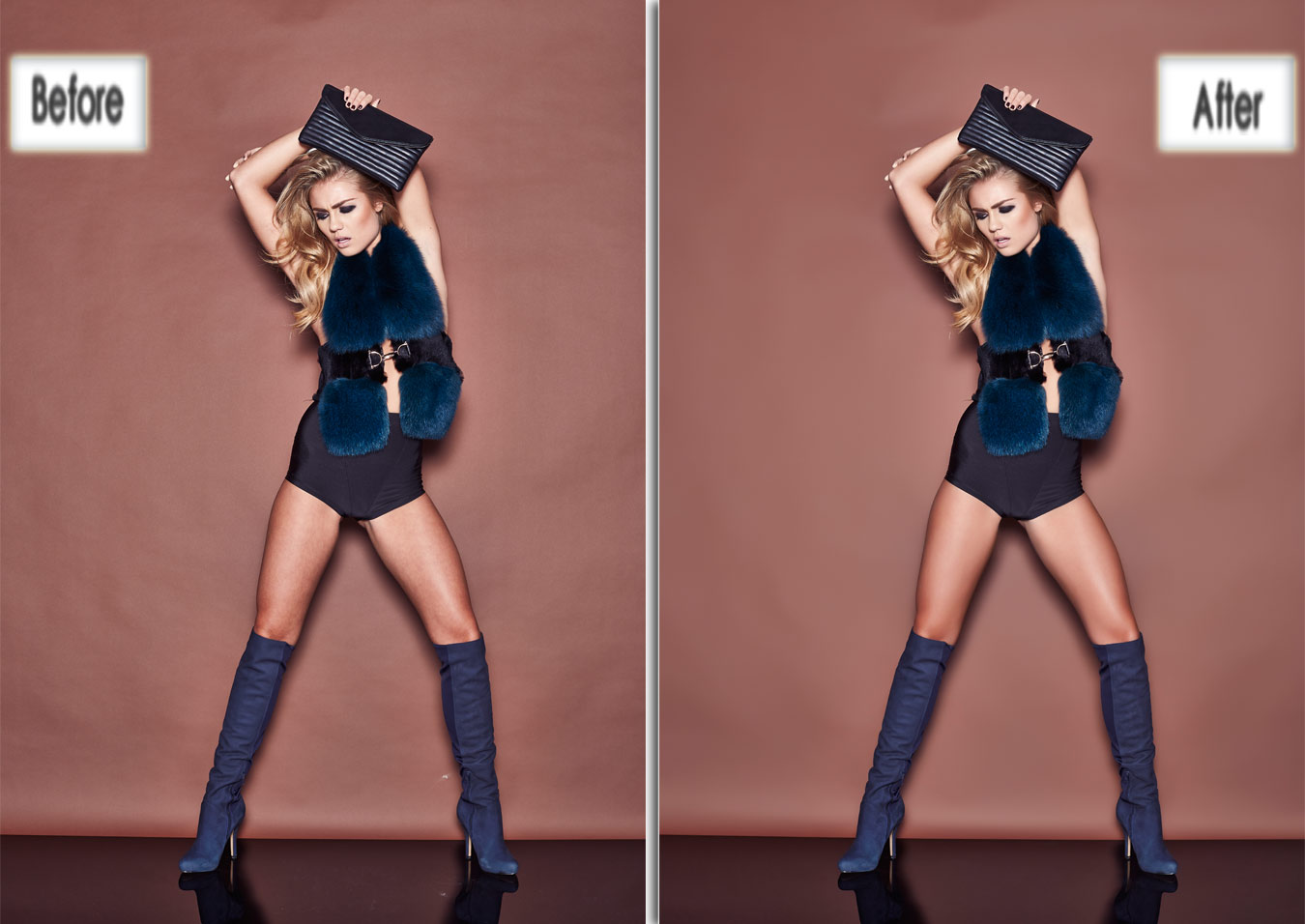In digital photo editing industry, Photo Retouching is referred to a method of enhancement, improvement and manipulation of existing photographic images or graphics, where manipulation (also named as Photoshopping but – prior to the rise of Photoshop – Airbrushing) is one of the applications of photo editing techniques in order to create deception and illusion after the original shot took place. Photo retouching is an outstanding semi-creative option in graphics design of Photoshop used to represent you in a perfect look.
When it concerns about beauty and fashion photography, our eyes do not forgive irregularities, disturbing and unwanted elements, shadows or reflections. Today just being a model or photogenic is not adequate. It is not enough having a good shape either. So, Photo Retouch Service or Photo Treatment has been a global mantra for last few years for the people who expect their best facial features’ exposure.
Photography is the medium of attracting customers or viewers for photographers, companies, industries and magazines. But getting perfect photos is not that much easy. Even a professional photographer may not shoot perfectly every time. Often a little photo retouching can enhance glamour and beauty to great extent and ensure maximal exposure of the photos. Photo retouch service involves removal of red eyes, air brushing, giving virtual make-up, smoothing skin, enhancing structures, painting lips, creating illusions of lip gloss and so on.
Several tools are dedicated for photo retouching services, adjusting and manipulating like – eraser, dodge, clone stamp, smudge, burn and blur tools. Clone stamp tools sample a selected portion from an image and duplicate that portion to a new area using brush, which is adjustable in opacity, size and flow. The smudge tools, when dragged covering any part of the image, smudge and stretch pixels in such a way that they seem just like the real paint. The blur tools are used to soften portion of the image by reducing the details (e.g. sharpness, contrast etc. ) across the adjusted area. The eraser tools usually discard pixels from images whereas the magic eraser tools adopt the solid color areas to erase them. Finally, the dodge and burn tools, derived from the conventional practice of adjusting the presentation on printed photographs, have contrast effects; the dodge tools lighten selected areas, but the burn tools darken them.
